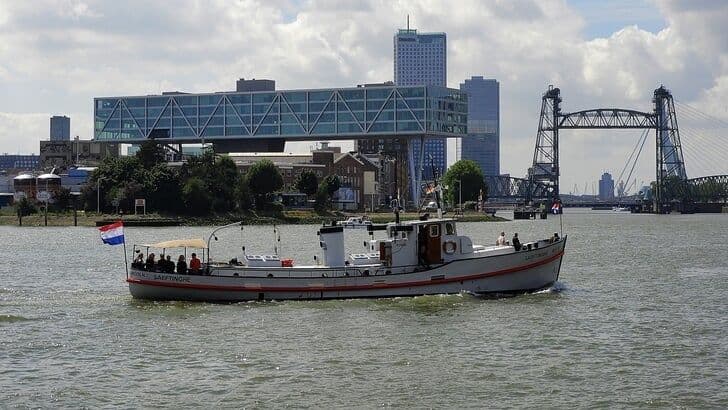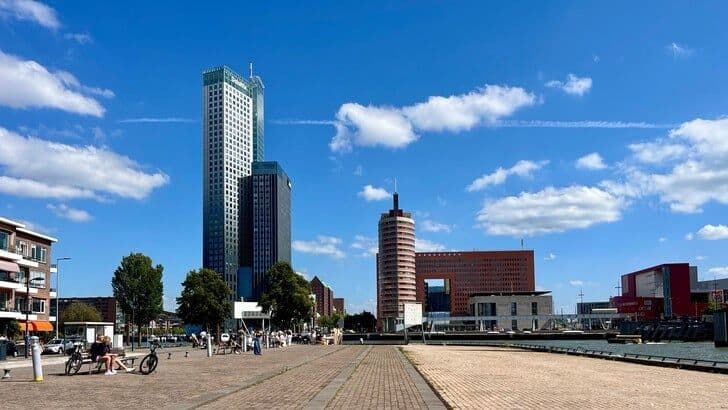Summer's Subtle Secrets: Unpacking the Surprising Science of Your Local Heat
Ever wonder why your hot day started cool? Discover the hidden atmospheric forces & local nuances shaping summer weather, from city heat to beach breezes, and stay safe.

The Unexpected Overture: When Summer Starts Cool
Despite forecasts promising a sweltering summer, many regions often experience a surprising, cool start to what should be the hottest season. Imagine waking up to a cloudy, damp Tuesday, with scattered rain, when you’d braced yourself for scorching temperatures. This isn't a meteorological misstep; it's often a calculated, albeit counter-intuitive, atmospheric dance. As meteorologist patiently explains, such an "unexpected overture" is typically due to a high-altitude atmospheric disturbance. These upper-level systems cause air to rise, leading to cloud formation and precipitation, even if much of that rain evaporates before reaching the ground. Yet, this initial coolness is merely a prelude. The true heat often follows swiftly, with blue skies emerging and temperatures steadily climbing. However, this isn't just about daytime highs. A critical, often overlooked, aspect of persistent warmth is the stubbornly high nighttime temperatures, frequently remaining above 20 degrees Celsius. This lack of nocturnal cooling can severely disrupt sleep, impacting overall well-being and making the heat far more challenging to endure. What starts as a cool surprise quickly evolves into a test of resilience.

Decoding the Daily Drama: Local Winds and Hidden Atmospheric Layers
The apparent contradictions in daily forecasts, where one town sizzles while a nearby coast remains pleasantly warm, aren't glitches; they're fascinating examples of microclimates in action, dictated by local winds and subtle atmospheric layers. Consider the striking difference between a beach town enjoying a breezy 25 degrees Celsius and an inland city like sweltering at 33 degrees on the same day. This dramatic eight-degree disparity, which can feel like moving between two different seasons, is primarily a testament to the influence of the sea breeze. When the wind consistently blows from the ocean, even at a weak to moderate strength, it brings cooler, more humid air inland, creating a refreshing effect near the coast. Further inland, however, this moderating influence diminishes, allowing temperatures to soar. Moreover, the lingering effects of high-altitude disturbances can manifest as low-lying morning clouds, particularly in western and southwestern regions, momentarily delaying the sun's full impact before the day heats up. Understanding these localized wind patterns and the interplay of atmospheric layers is key to predicting where and how the summer's warmth will truly settle.

Beyond the Barbecue: Public Health in a Warming Climate
While many embrace soaring temperatures with plans for beach days and barbecues, the reality of a warming climate extends far beyond leisure. Persistent heat poses significant public health risks, particularly for vulnerable populations. Recognizing this, national strategies like the "" are routinely activated when temperatures hit critical thresholds. This protocol isn't just a suggestion; it's a vital call to action, urging communities to pay extra attention to those most susceptible to heat-related illnesses, such as the elderly, young children, and individuals with chronic health conditions. We see proactive measures already in place, like during student orientation weeks, where organizers enforce heat plans, encouraging ample hydration and sun protection for thousands of participants. Even municipal services adapt: waste disposal centers, for instance, might close early to protect their employees from unsafe working conditions. These aren't isolated incidents but coordinated efforts to safeguard well-being, underscoring that managing summer heat is a collective responsibility, requiring vigilance and community-wide awareness to ensure everyone stays safe and healthy.

Mastering the Warmth: Essential Tips for Coastal Escapes and City Living
Navigating a summer characterized by persistent, even tropical, heat requires a blend of personal wisdom and strategic planning, especially when contrasting city life with coastal havens. For urban dwellers, where temperatures often climb higher and nights offer little respite, finding ways to cope becomes paramount. One of the most effective strategies, if accessible, is a "coastal escape." As our local insights reveal, a quick metro ride to the beach can transport you to a vastly different microclimate, where a gentle sea breeze provides welcome relief from the oppressive inland heat. This natural air conditioning makes coastal areas significantly more pleasant, offering a tangible respite. Beyond geographical escapes, adapting daily routines is crucial. While the week may remain largely warm, an occasional shower, perhaps on a Thursday, might offer a temporary cool-down. Ultimately, mastering the warmth isn't about fighting it, but understanding its nuances and leveraging environmental factors and local amenities to stay comfortable and safe, whether you're enduring the city's embrace or seeking solace by the sea.
Related Articles

The Summer Paradox: When Holiday Dreams Meet Scorching Reality

The Summer Paradox: When Holiday Dreams Meet Scorching Reality

Decoding the Dog Days: From Scorching Peaks to Welcome Breezes

Decoding the Dog Days: From Scorching Peaks to Welcome Breezes

Beyond the Mercury: Cultivating Resilience in a Warmer World

Beyond the Mercury: Cultivating Resilience in a Warmer World

Decoding the Feels-Like Factor: When the Forecast Lies to Your Skin
